Search

Pre-Plant Disease Management Considerations
If the forecast holds true, it looks like it is going to be another year of excessive soil moisture and possible flooding come this spring. The increased level of soil moisture has implications with regards to plant stand establishment as well as root rot and nematode infestations.
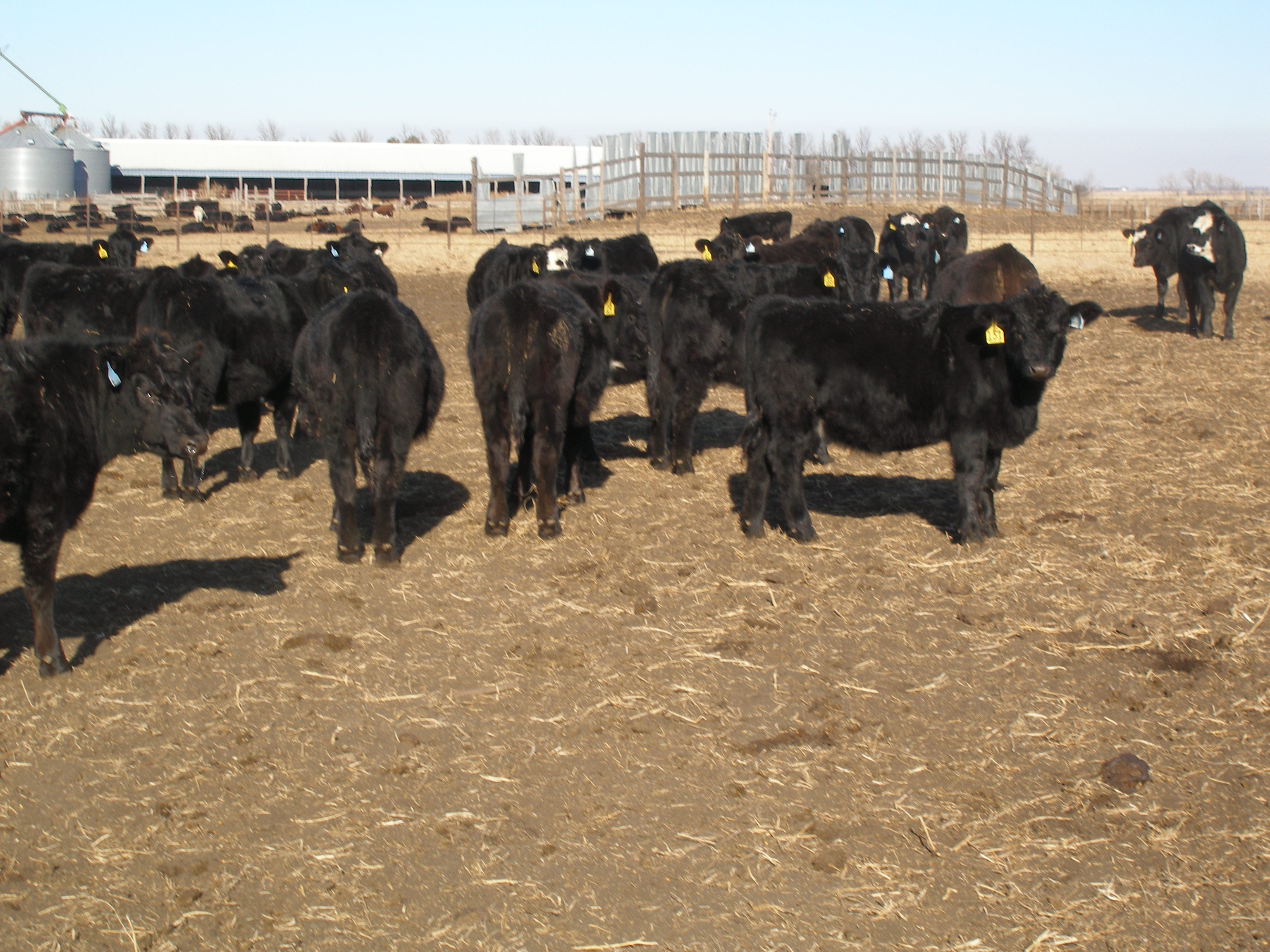
Using Feedlot Manure as a Crop Nutrient Source
Factsheet that reviews the steps to obtain a manure application rate based on crop need, soil and manure testing.
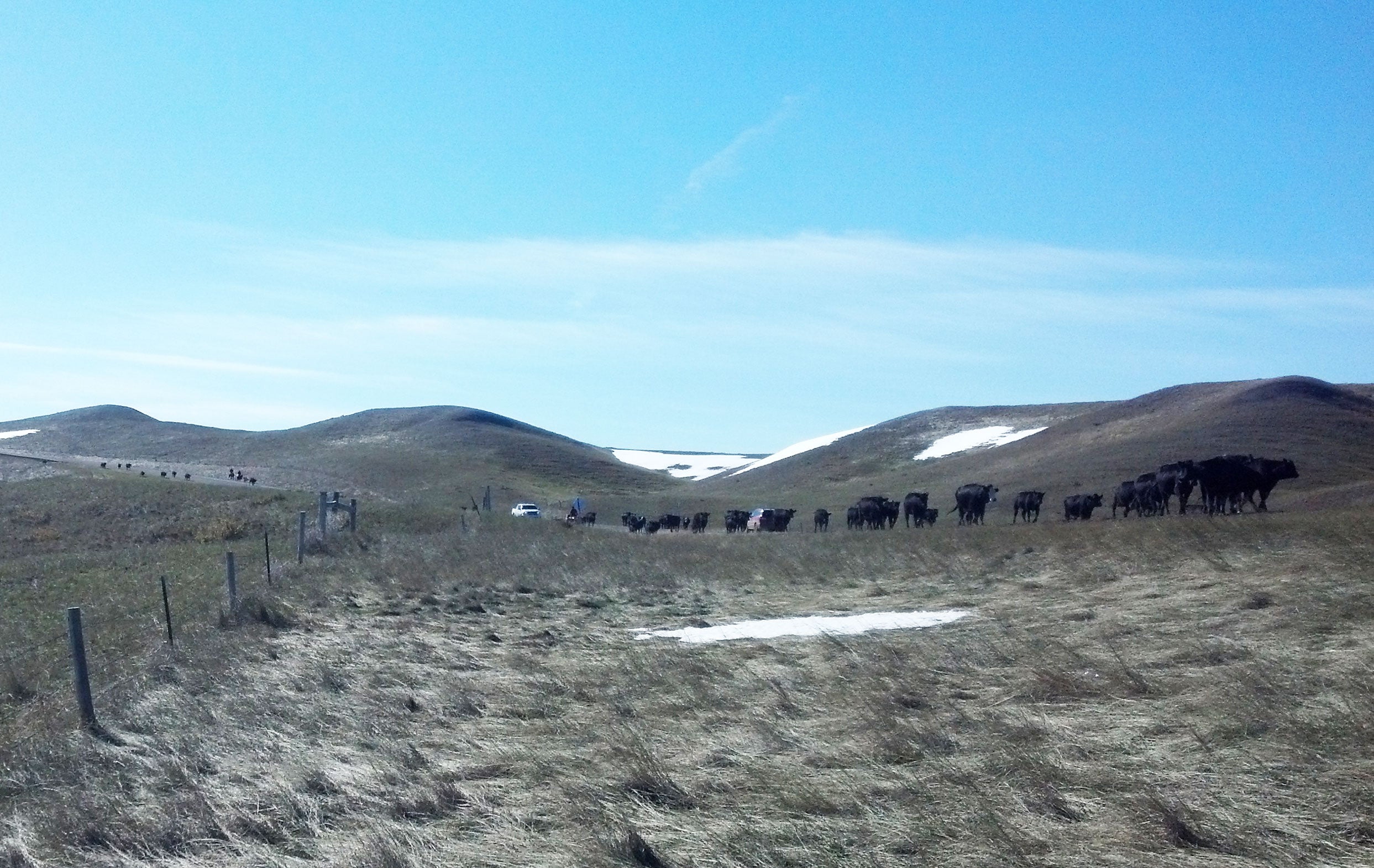
Winter Grazing
The predominant factor in winter grazing is ensuring adequate forage availability while considering long-term range health. When managed correctly, grazing winter range can be a viable option for controlling feed costs without negatively impacting rangelands.
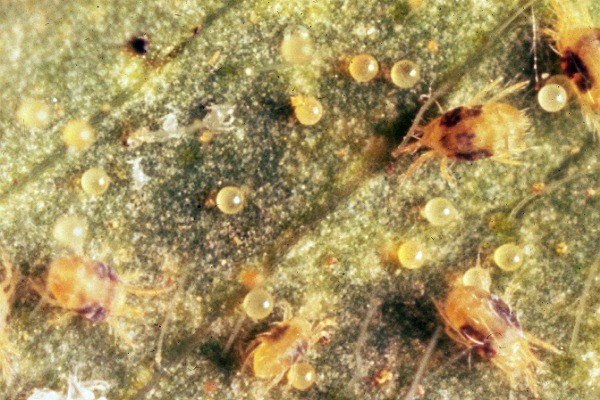
Check Your Houseplants for Pests
Houseplants are susceptible to a variety of pests. The following article outlines some of the more common household pests, including: spider mites, mealybugs, and scale. We will discuss strategies for scouting out and managing these pests to avoid prolonged damage to your houseplants.
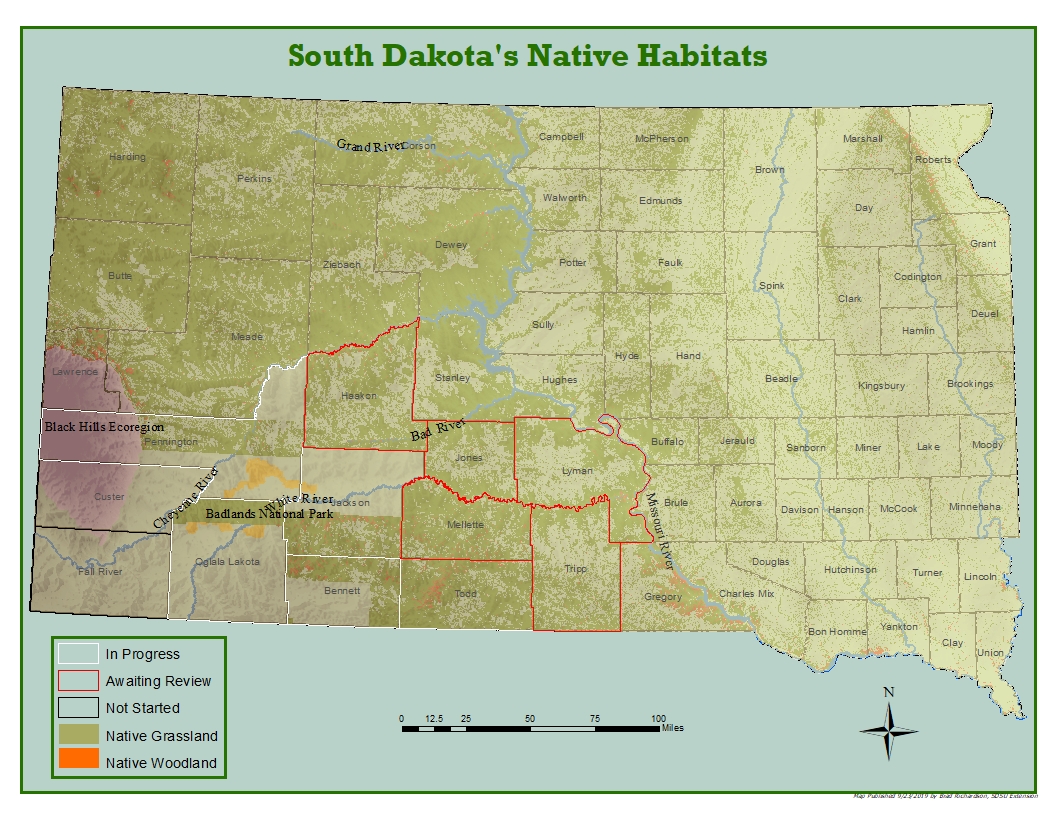
SDSU Extension Receives National Fish and Wildlife Foundation Award for South Dakota Native Habitats Study
December 21, 2020
An SDSU Extension native habitats research project recently received a National Fish and Wildlife Foundation award to support an ongoing effort to identify native habitats in South Dakota.
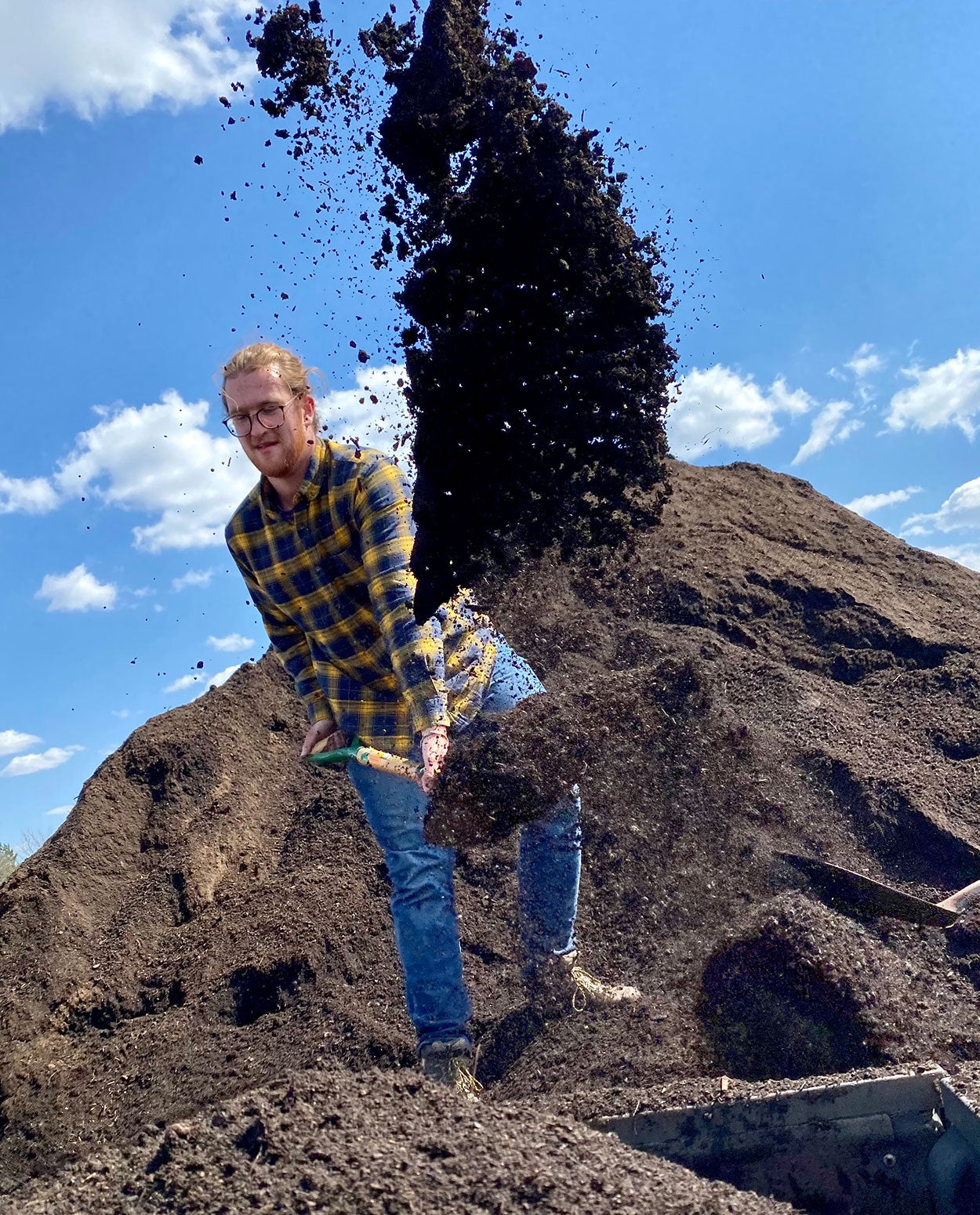
Organic Gardening: Soil Management
Gardeners throughout South Dakota are experimenting with organic gardening. While the adoption of organic gardening methods can be daunting, learning some fundamental soil management concepts will set the foundations for success.
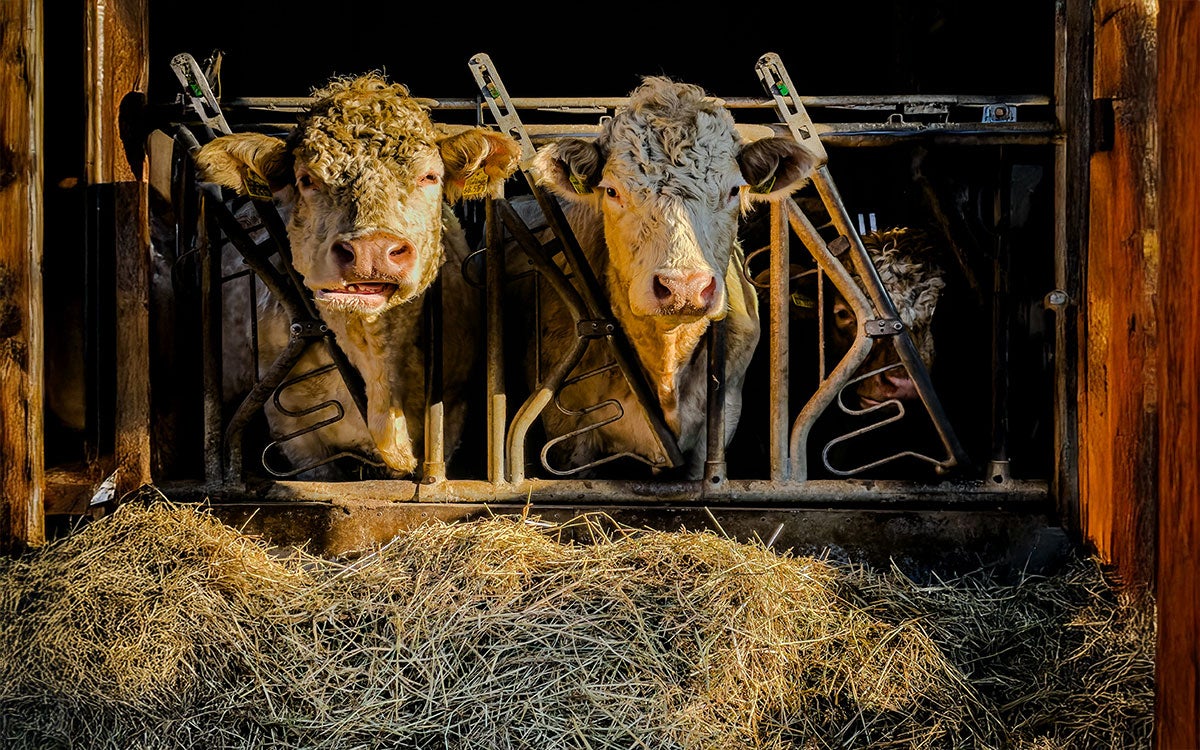
Feed Management for Efficient U.S. Livestock Systems: Introducing the National Animal Nutrition Program’s Feed Management Committee
The National Animal Nutrition Program’s Feed Management Committee brings together experts in animal science, nutrition, and natural resource management to increase awareness and use of livestock feeding management and to address conservation needs.
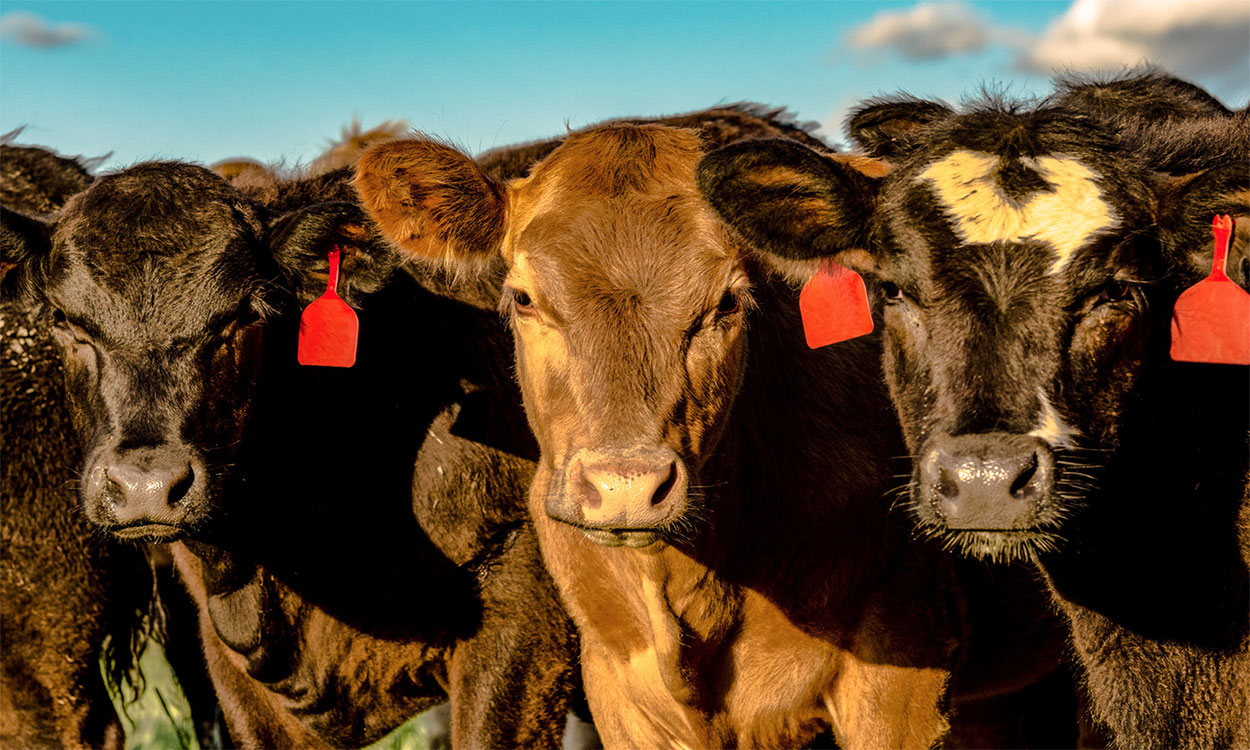
Reducing Development Costs for Replacement Heifers
Regardless of how efficiently reproductive success is managed on the ranch, beef producers are tasked annually with incorporating new females into the herd in the form of replacement heifers.
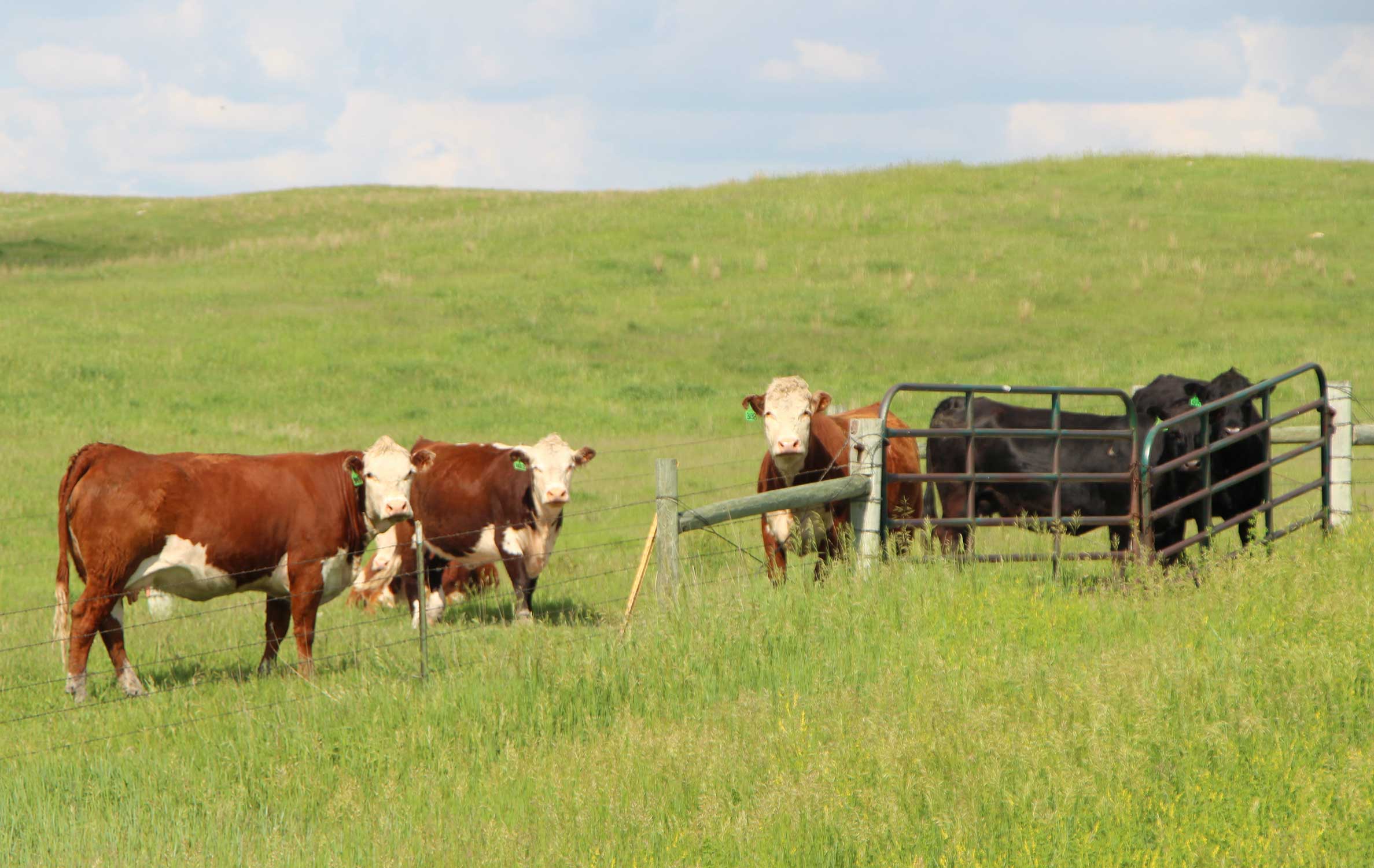
Cow Herd Options
April 2018 and 2019 blizzards caused stress to the region’s cowherds, and for some herds changed the calving distribution. 2020 brings a chance to re-establish a preferred calving distribution.
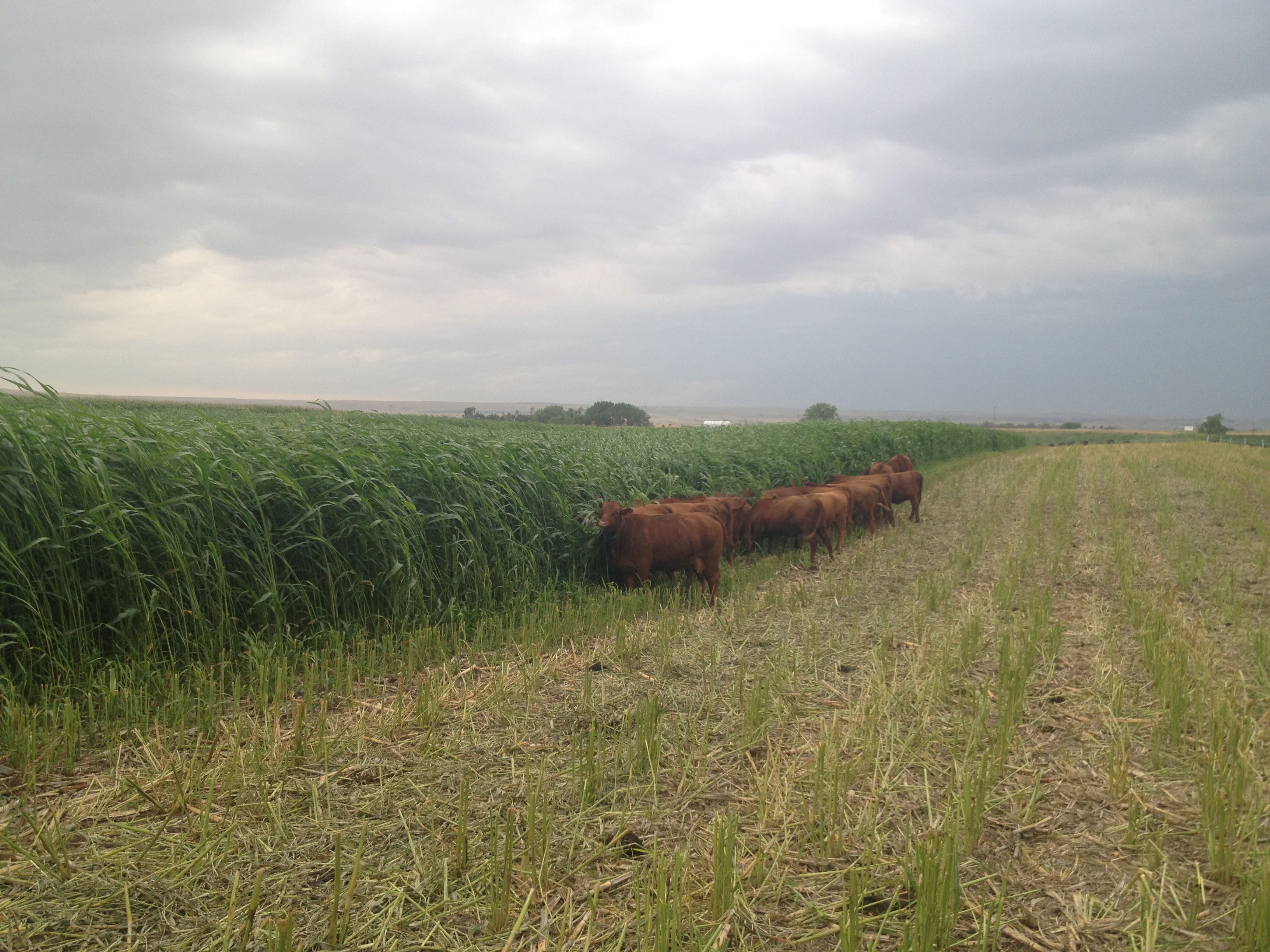
Delayed Planting Challenges: Alternative Forages
With the excessively wet planting conditions much of South Dakota is now experiencing, many producers are looking for “Plan B” to meet forage needs for their livestock, or as a commodity that can be marketed to livestock producers.